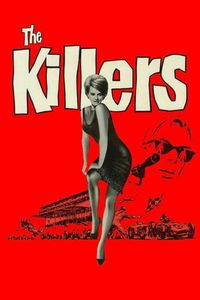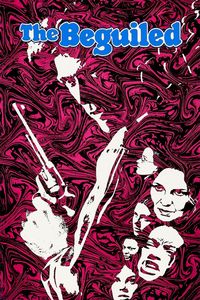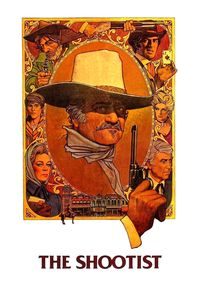(On Cable TV, January 2020) I unintentionally built myself a hippies-as-seen-from-1968 double feature while watching I Love You Alice B. Toklas and Coogan’s Bluff back-to-back. My favourite is an easy pick—not only is Coogan’s Bluff far less annoying than the first film in this double bill, but it’s an interesting bridge between Clint Eastwood’s western roles and his Dirty Harry tough-guy persona. The transition from one to the other is nearly literal, as he plays an Arizona rural lawman travelling to Manhattan to extradite a fugitive. The film plays quite a bit with the clash of culture that this implies, with the staid and conservative protagonist confronting Manhattan as a den of crime and perversion, discovering the hippie subculture along the way. But Coogan’s Bluff is not so much a sociological study as a crime thriller, with Eastwood chasing down the escaped fugitive with detectorial savvy and two-fisted vigour. As a portrait of late-1960s New York City, it’s not bad—more clean-cut than the blaxploitation films that would pop up soon afterward, but still evocative at the street level. For Eastwood fans and film historians, Coogan’s Bluff is most notable for being the first collaboration between Eastwood (an actor often quick to tell directors what to do) and director Don Siegel, which would turn out to be the first of five films they would do together. It also definitely feels like a first draft of the kinds of characters that Eastwood would adopt as persona over the following two decades, and exactly the kind of meaner-tougher film that would dominate the 1970s. It still plays rather well now (although watch out for the blunt sexism), and gives viewers a prime-era Eastwood in late-1960s Manhattan.
(Second viewing, On TV, November 2020) There are two things that I find interesting about Coogan’s Bluff, a contemporary crime thriller featuring Clint Eastwood as a tough Arizona lawman sent to New York City in order to capture a fugitive. The first being that this is a film that combines a very familiar Eastwood character (the laconic western gunslinger) with the late-sixties trend of trying to figure out the new shape of the society that changed during the decade. So it is that we have a typical Eastwood character taken out of westerns in order to figure out what to do with those punks, hippies, city slickers and women abusers. If you’re thinking that Eastwood revisited similar territory later on in later archetypical movies such as Dirty Harry, that brings us to the second interesting thing about Coogan’s bluff: that it was directed by Don Siegel. Siegel, of course, was one of the very few directors that Eastwood ever tolerated well, leading to four subsequent collaborations, including—you guessed it—the 1971 urban thriller exemplar Dirty Harry. There’s a city-mouse-in-the-city quality to Eastwood’s squinty trip to the decadent Big Apple that clearly plays on stereotypes that would grow even stronger in the gritty 1970s, and if Coogan’s Bluff keeps things a bit less dark than many of its imitators, it still plays on what would later become well-known tropes. But perhaps more significantly, it does appear like a crucial turning point for Eastwood, bridging two phases of his career as an actor, literally taking his persona from the Wild West to the Big City.





